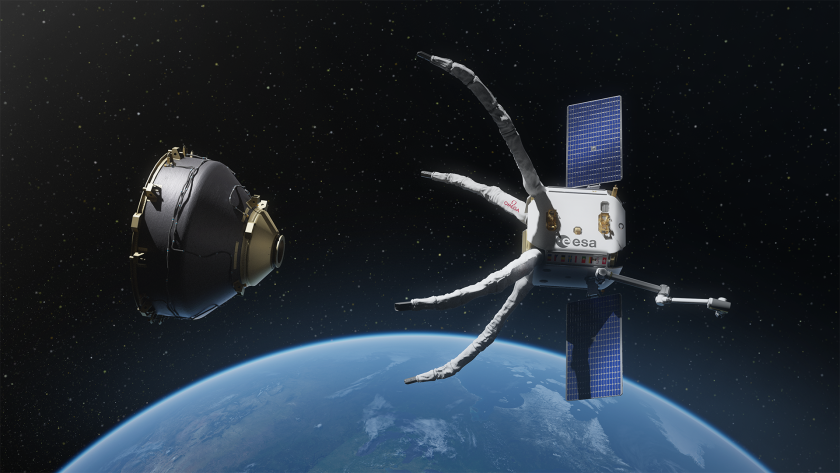An article published by Interesting Engineering warns of increased risk in collisions as a result of rising numbers of satellites operating in low Earth orbit.
According to the article, a SpaceX filing with the Federal Communications Commission (FCC) shows that since the first Starlink satellites were launched to low Earth orbit (LEO) in 2019, they have had to make 50,000 collision-avoidance manoeuvres. As satellites numbers continue to grow, these manoeuvres will also increase.
An Interesting Engineering interview with University of Regina astronomer Dr. Samantha Lawler suggested the increased potential for collisions in low Earth orbit could be catastrophic.
“SpaceX’s FCC report, filed on June 30, shows that the number of collision-avoidance maneuvers the company’s Starlink mega-constellation is having to perform is rising dramatically,” says Interesting Engineering.
“Between December 1, 2022, and May 21, 2023, Starlink’s broadband satellites were forced to change course more than 25,000 times. That’s roughly double the previous six-month period from June to November 2022. Overall, SpaceX’s satellites have had to perform these automated maneuvers 50,000 times. The worry, though, is that the number will continue to rise dramatically with SpaceX looking ahead to the deployment of its Starlink 2.0 satellites, and other companies like Amazon joining the fold with its Project Kuiper constellation.
“A report from Space.com points out that the number of avoidance-collision maneuvers appears to be doubling every six months. Hugh Lewis, a professor of astronautics at the University of Southampton in the UK, has run the numbers and he pointed out that, if current trends continue, Starlink satellites will have to perform roughly a million maneuvers every six months by 2028.
“The current trend is unlikely to change. According to Harvard astronomer and astrophysicist Jonathan McDowell’s website, Elon Musk’s space company currently has more than 4,000 Starlink satellites active in orbit. And that’s only the beginning for Starlink; the company also has partial FCC approval for its second-generation Starlink constellation, consisting of up to 30,000 more satellites.
“Astronomers are increasingly warning that the growing number of satellite mega-constellation could cause a collision in orbit, leading to the Kessler effect, also known as Kessler Syndrome. Kessler Syndrome describes a phenomenon whereby colliding satellites, or spacecraft, break up into many small pieces, further increasing the likelihood of more collisions in a dramatic snowball effect. According to NASA, there are more than 27,000 pieces of space debris in orbit. As satellites make Earth’s orbit more crowded, the chances of a collision occurring go up the more satellites are sent to orbit.
“Starlink and other similar satellite systems use a highly-efficient automated collision avoidance system. Though these systems have prevented any collisions from occurring to date, it is unclear whether they will be able to prevent a collision in an increasingly crowded orbit. Last year, astronomer Dr. Samantha Lawler told Interesting Engineering that we are already “right on the edge” of Kessler Syndrome. If it does happen, it would feel like we were “inside a snow globe within a couple of hours of sunrise or sunset.” What’s more, as space debris travels at about 15,700 mph (25,266 km/h) in LEO, any efforts to fix the problem would be akin to “collecting bullets.”
“Ultimately, if more stringent regulations aren’t put in place to help prevent the overcrowding of low Earth orbit, we may eventually live in a future where space debris is visible to the naked eye.
The problem will also likely continue to have a negative impact on astronomical observations. As NASA recently pointed out, the growing number of satellites in the night sky could impede its ability to “detect and possibly redirect a potentially catastrophic [asteroid] impact” with Earth,” says Interesting Engineering.
For more information visit:




